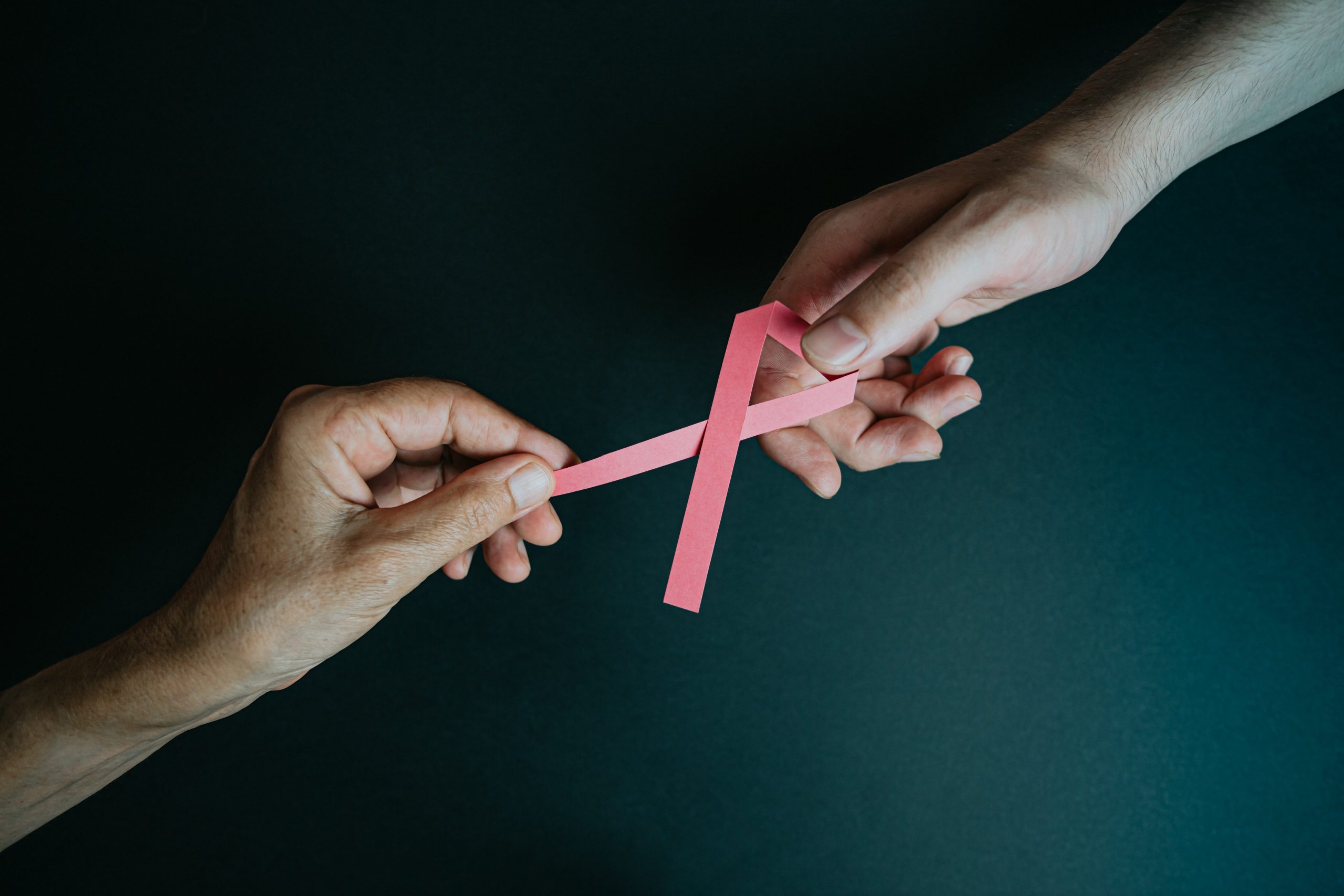October is Breast Cancer Awareness Month.
Every year during the month of October, there is a global campaign aimed at increasing awareness and support for the early detection and treatment of breast cancer.
It serves as a reminder for women around the world to book their appointments to be screened, in the hope that by doing so, early detection will then lead to an increase in chances for a positive outcome.
Breast cancer is the most common type of cancer affecting women worldwide, and the second most common cancer overall.
According to the World Health Organization, in 2020 there were 2.3 million women diagnosed with breast cancer and 685,000 deaths globally. In addition, statistics from the end of the year 2020 revealed that there were currently 7.8 million women diagnosed with breast cancer within the past 5 years.
The current prognosis for breast cancer is reasonably good, standing at an 89% five-year survival rate. This has come as a direct result of increased screening to help detect the presence of the cancer at a stage that is relatively easier to treat.
Who is at risk for breast cancer?
Breast cancer is not an infectious or transmissible disease, nor is it linked to any infection-related cause such as the case of the human papillomavirus infection and its connection with cervical cancer.
Around half of the cases of breast cancer develop in women who do not have any identifiable health risks other than gender and age (over 40 years old).
The factors that play a role in increasing the risk of breast cancer development include increasing age, family history of breast cancer, obesity, harmful use of alcohol, reproductive history (age of first menstrual cycle and age at first pregnancy), exposure to radiation, tobacco use and postmenopausal hormone therapy.
Breast cancer risk can also be reduced through behavioural choices and lifestyle changes such as:
- Increased, regular physical activity
- Prolonged breastfeeding
- Maintaining a healthy body weight
- Avoidance of harmful use of alcohol
- Avoidance of tobacco smoke
- Avoidance of prolonged hormone use
- Avoidance of excessive exposure to harmful radiations
However, even if all modifiable risk factors were controlled, this would only reduce the risk of breast cancer by 30%.
The biggest risk factor for the development of breast cancer is by far the female fender. Only about 0.5-1% of breast cancers occur in men.
Another important risk factor is genetics, whereby having a family history of breast cancer means you are at a risk for developing breast cancer yourself. Certain known inherited gene mutations are the reason behind this.
The most dominant of these mutations are found in the genes BRCA1, BRCA2, and PALB-2.
Women who discover that they have mutations in these genes could then choose to consider some risk reduction strategies, the most extreme and invasive of these being the surgical removal of both breasts. In other cases, having this knowledge leads women to be more attentive and conscious of their health and lifestyle choices.
What are the most common signs to look out for?
Most commonly, breast cancer presents as a painless lump in the breast. Therefore, it is extremely important that women who find an abnormal lump in their breast consult with a medical professional as soon as possible, even if they are not experiencing any pain or discomfort.
The most common signs (other than lumps) to look out for are:
- Nipple discharge. Any unusual discharge from the nipple can be a warning sign that something is wrong. Persistent discharge that is bloody or pink, and generally on one side can possibly be an indication of the presence of cancer in the breast tissue.
- Nipple crust. Any increased redness, or scaling, flaking or crusting on the nipple or the surrounding areola, can be indicative of Paget’s disease, which is also an early indication of breast cancer.
- Skin changes. One of the less commonly known signs of breast cancer are changes in the skin such as thickening, dimpling, or changes in the color of the skin. These changes typically indicate the presence of inflammatory breast cancer.
- Changes in the shape or size of the breast. Swelling, especially if it is isolated to one breast, or changes in the shape of the breast can mean that there are issues within the breast tissue, which could also be a sign of breast cancer. Rather than feeling like a lump, it could also feel like that specific region of the breast is firmer than it used to be.
- Inverted nipples. A flat nipple can be a sign of Paget’s disease. In addition, nipples that look flat, inverted, or are pointing in a different direction than they used to, can also be indicative of breast cancer.
- Red or hot spots. Hot spots or red spots on the breast that cover the entire area in some cases, can be an indicator of inflammatory breast cancer. These hot spots are sometimes confused with mastitis (an inflammation of the breast tissue due to infection that is mostly experienced during lactation). However, mastitis symptoms are usually accompanied by fever, while red or hot spots that persist without the presence of a fever can suggest the presence of breast cancer.
Follow Doha News on Twitter, Instagram, Facebook and Youtube







